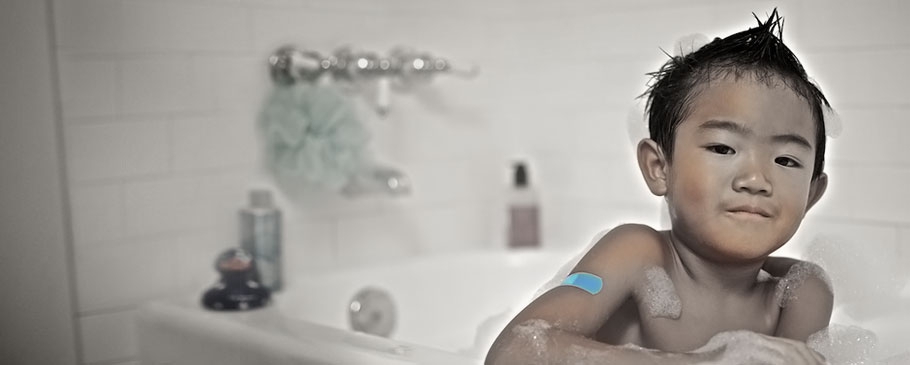The Vaccines
How Vaccines are Made
You already know that vaccines protect kids against severe and life-threatening disease, but you may not know exactly how vaccines are made to give your child a healthy defense.
Vaccines are made using the disease-causing virus or bacteria, but in a form that will not harm your child. Instead, the weakened, killed, or partial virus or bacteria prompts your baby’s immune system to develop antibodies, or defenders, against the disease.
Once it is determined how the virus and bacteria will be modified, vaccines are created through a general three-step process:
1. Antigen is generated. Viruses are grown in primary cells (i.e. chicken eggs for the influenza vaccine), or on continuous cell lines (i.e. human cultured cells for hepatitis b vaccine); bacteria is grown in bioreactors (i.e. Hib vaccine).
2. Antigen is isolated from the cells used to create it.
3. Vaccine is made by adding adjuvant, stabilizers and preservatives. Adjuvants increase immune response of the antigen; stabilizers increase the vaccine’s storage life; and preservatives allow for the use of multi-dose vials.
It is important to remember that vaccines undergo rigorous safety testing prior to FDA approval and are continually monitored for safety. The vaccine production process involves several vaccine manufacturer-funded testing phases over many years to ensure that it is safe to administer. The vaccines are also studied to be administered in groups, to work together to protect your child.
View this infographic from the Centers for Disease Control and Prevention (CDC) to learn more about the journey of your child's vaccine.




